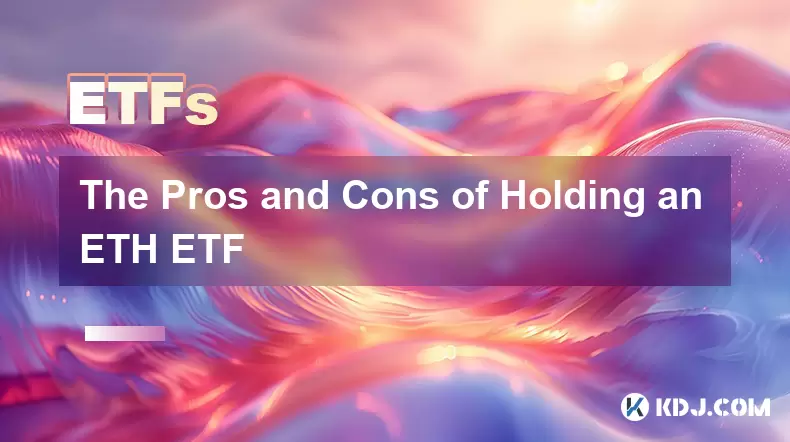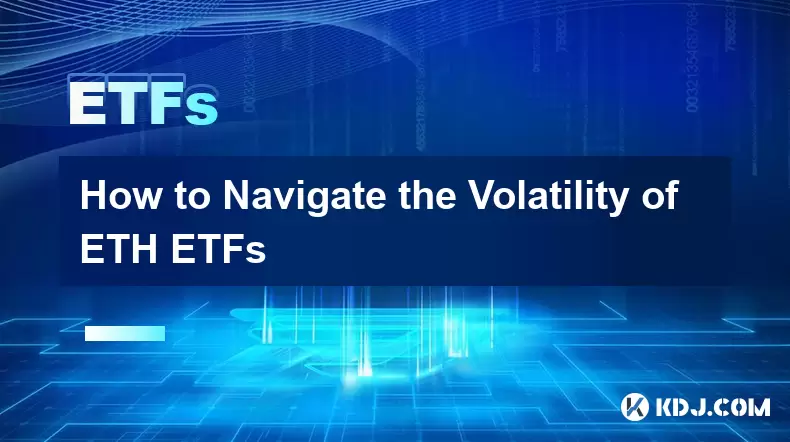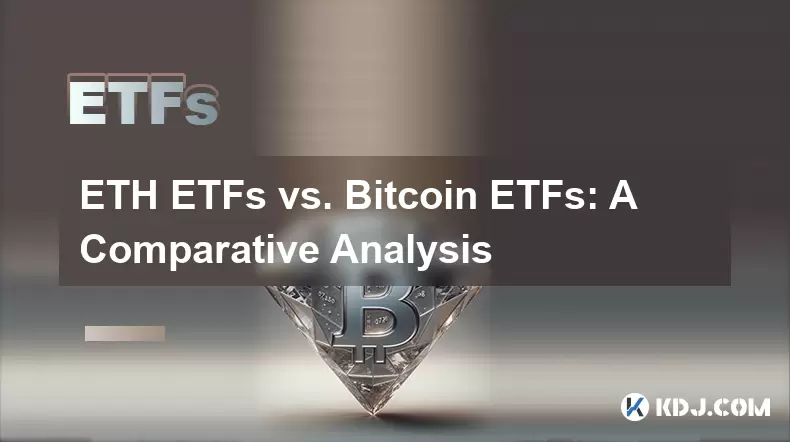-
 Bitcoin
Bitcoin $117900
-2.85% -
 Ethereum
Ethereum $4559
-2.84% -
 XRP
XRP $3.068
-5.67% -
 Tether USDt
Tether USDt $1.000
0.02% -
 BNB
BNB $836.7
-0.81% -
 Solana
Solana $193.2
-2.38% -
 USDC
USDC $0.9998
0.00% -
 TRON
TRON $0.3591
-0.32% -
 Dogecoin
Dogecoin $0.2238
-7.20% -
 Cardano
Cardano $0.9090
4.71% -
 Chainlink
Chainlink $22.55
-4.36% -
 Hyperliquid
Hyperliquid $44.78
-2.41% -
 Sui
Sui $3.771
-4.47% -
 Stellar
Stellar $0.4199
-6.18% -
 Bitcoin Cash
Bitcoin Cash $587.8
-5.02% -
 Ethena USDe
Ethena USDe $1.001
-0.01% -
 Hedera
Hedera $0.2493
-5.06% -
 Avalanche
Avalanche $23.66
-5.54% -
 Litecoin
Litecoin $121.0
-6.80% -
 Toncoin
Toncoin $3.383
-2.39% -
 UNUS SED LEO
UNUS SED LEO $9.287
0.47% -
 Shiba Inu
Shiba Inu $0.00001286
-6.48% -
 Uniswap
Uniswap $10.94
-9.06% -
 Polkadot
Polkadot $3.979
-5.53% -
 OKB
OKB $96.24
-3.88% -
 Dai
Dai $0.9997
0.00% -
 Bitget Token
Bitget Token $4.570
-4.16% -
 Cronos
Cronos $0.1510
-8.87% -
 Ethena
Ethena $0.7251
-6.96% -
 Aave
Aave $310.8
-4.73%
The Risks and Rewards of Investing in ETH ETFs
ETH ETFs offer regulated, accessible exposure to Ethereum’s price movements but come with fees, tracking risks, and no direct ownership or staking rewards.
Aug 13, 2025 at 11:35 am

Understanding ETH ETFs and Their Market Role
ETH ETFs, or Ethereum Exchange-Traded Funds, represent financial instruments that track the price of Ethereum (ETH) and trade on traditional stock exchanges. Unlike directly owning ETH through a cryptocurrency wallet, investing in an ETH ETF allows individuals to gain exposure to Ethereum’s price movements using familiar brokerage accounts. These funds are structured to mirror the performance of ETH, minus management fees and operational costs. The emergence of ETH ETFs marks a significant step toward mainstream financial integration of digital assets, appealing to institutional investors and retail traders who prefer regulated investment vehicles.
The underlying mechanism of an ETH ETF involves holding actual Ethereum or futures contracts tied to ETH’s price. Some ETFs are physically backed, meaning they store real ETH in secure custodial wallets. Others rely on futures-based contracts, which can introduce tracking discrepancies due to roll costs and contango effects. Regulatory approval, particularly from bodies like the U.S. Securities and Exchange Commission (SEC), plays a critical role in determining which type of ETF can be launched. Approved ETH ETFs provide a layer of legitimacy and oversight that direct crypto holdings typically lack.
Potential Rewards of ETH ETF Investment
One of the most compelling rewards of investing in ETH ETFs is accessibility. Investors who are hesitant to manage private keys or navigate cryptocurrency exchanges can participate in Ethereum’s growth through a regulated, user-friendly platform. This lowers the barrier to entry and enables participation from a broader demographic, including those who rely on traditional financial advisors.
Another advantage is liquidity. ETH ETFs trade on major stock exchanges during market hours, allowing investors to buy and sell shares with ease. This contrasts with cryptocurrency exchanges, which may face downtime, hacking risks, or low trading volumes on certain platforms. High liquidity ensures tighter bid-ask spreads and reduces slippage during trades.
Diversification is another key benefit. Including an ETH ETF in a portfolio can reduce overall risk by adding an asset class with low correlation to traditional equities and bonds. Ethereum’s role in decentralized finance (DeFi), non-fungible tokens (NFTs), and smart contracts gives it unique growth drivers distinct from conventional markets. Over the long term, this exposure may enhance portfolio returns, especially during periods of technological innovation or macroeconomic shifts favoring digital assets.
Key Risks Associated with ETH ETFs
Despite their benefits, ETH ETFs carry several inherent risks. One primary concern is regulatory uncertainty. While some countries have approved ETH ETFs, others may impose restrictions or delay approvals, affecting market stability and investor confidence. Changes in tax treatment or capital controls related to digital assets can also impact ETF performance.
Another risk is tracking error. Futures-based ETH ETFs may not perfectly mirror the spot price of Ethereum due to the structure of futures contracts. When investors roll over contracts from one expiration date to the next, they may incur roll yield losses if the market is in contango—where future prices are higher than spot prices. This can erode returns over time, especially in sideways or declining markets.
Custodial risk is also present, particularly for physically backed ETFs. If the custodian storing the underlying ETH experiences a security breach or operational failure, the fund’s assets could be compromised. Although reputable custodians use cold storage and multi-signature wallets, no system is entirely immune to attack. Additionally, investors in ETFs do not have direct ownership of ETH, meaning they cannot use their shares for staking, DeFi applications, or voting in Ethereum governance.
How to Evaluate and Select an ETH ETF
Choosing the right ETH ETF requires careful analysis of several factors. Consider the following:
- Structure of the ETF: Determine whether the fund is physically backed or uses futures contracts. Physically backed ETFs typically offer better price correlation but may have higher storage costs.
- Expense ratio: Compare management fees across different ETFs. Lower fees increase net returns over time.
- Liquidity and trading volume: Higher trading volume indicates better market depth and lower transaction costs.
- Regulatory jurisdiction: Funds approved in jurisdictions with strong investor protections, such as the United States or Canada, may offer greater security.
- Transparency: Review the ETF’s holdings, custodial arrangements, and audit reports. Regular disclosures help verify the legitimacy of the fund’s assets.
Investors should also assess the issuer’s reputation. Established financial institutions with a history of managing commodity or digital asset ETFs are generally more trustworthy. Look for funds that publish daily holdings and have independent auditors verifying asset backing.
Operational Steps to Invest in an ETH ETF
To begin investing in an ETH ETF, follow these detailed steps:
- Open a brokerage account with a platform that offers access to ETFs. Ensure the broker supports trading on exchanges where the ETH ETF is listed.
- Complete identity verification and fund your account using bank transfers, wire transfers, or other supported methods.
- Search for the ETH ETF using its ticker symbol (e.g., ETHE for Grayscale Ethereum Trust or EFUT for a futures-based fund).
- Review the ETF’s prospectus and recent performance data. Pay attention to expense ratios, holdings, and risk disclosures.
- Place a buy order using market or limit order types. A limit order allows you to specify the maximum price you’re willing to pay per share.
- Monitor your investment through your brokerage dashboard. Track price movements, fund updates, and any news related to Ethereum or ETF regulations.
Keep in mind that tax implications vary by country. In some regions, ETH ETFs are treated as commodities, leading to different capital gains rules compared to stocks. Consult a tax professional to understand reporting requirements.
Common Misconceptions About ETH ETFs
A widespread misconception is that owning an ETH ETF share equates to owning Ethereum. This is false. ETF investors do not hold actual ETH and cannot transfer it to a wallet or use it in blockchain applications. The ETF is a derivative instrument, not a direct asset.
Another misunderstanding involves stability. Some believe ETH ETFs reduce volatility. In reality, the ETF’s price closely follows Ethereum’s market value, which remains highly volatile. Sharp price swings in ETH will be reflected in the ETF, potentially leading to significant losses.
There is also a belief that all ETH ETFs are identical. However, structural differences—such as custody methods, fee structures, and regulatory approvals—can lead to varying performance and risk profiles. Investors must scrutinize each fund individually.
Frequently Asked Questions
Can I convert my ETH ETF shares into actual Ethereum?
No, ETH ETF shares cannot be converted into physical Ethereum. The ETF is a securities product regulated by financial authorities, and redemption mechanisms do not typically include delivery of the underlying cryptocurrency.
Are ETH ETFs safer than buying ETH on a crypto exchange?
ETH ETFs offer regulatory oversight and custodial security, which may reduce certain risks like exchange hacks. However, they introduce counterparty and tracking risks not present when self-custodying ETH. Safety depends on individual risk tolerance and investment goals.
Do ETH ETFs pay dividends or staking rewards?
ETH ETFs do not distribute staking rewards. Ethereum’s proof-of-stake rewards are retained by the fund issuer and not passed to shareholders. These ETFs do not generate income like dividend-paying stocks.
How are ETH ETFs taxed compared to direct ETH holdings?
In jurisdictions like the U.S., ETH ETFs are often taxed as collectibles or under Section 1256 contracts, leading to different capital gains rates than direct crypto holdings, which are treated as property. Tax treatment varies by country and fund structure.
Disclaimer:info@kdj.com
The information provided is not trading advice. kdj.com does not assume any responsibility for any investments made based on the information provided in this article. Cryptocurrencies are highly volatile and it is highly recommended that you invest with caution after thorough research!
If you believe that the content used on this website infringes your copyright, please contact us immediately (info@kdj.com) and we will delete it promptly.
- Kazakhstan's Crypto Leap: Bitcoin ETF and Central Asia's Digital Finance Future
- 2025-08-13 12:45:19
- BlockDAG Presale Blazes Past $371M: Fundraising Frenzy Fuels Crypto Sensation
- 2025-08-13 13:05:21
- Meme Coins: Chasing the 2025 Surge – Which Will Moonshot?
- 2025-08-13 10:25:23
- Bitcoin's Wild Ride: Rally, Pullback, and What's Next
- 2025-08-13 10:25:23
- Bitcoin, Bitmax, and Institutional Demand: A New Era of Crypto Investment
- 2025-08-13 10:45:12
- Solana, ROAM, and Airdrops: What's the Buzz in 2025?
- 2025-08-13 11:35:13
Related knowledge

What Factors Drive the Price of an ETH ETF?
Aug 13,2025 at 11:35am
Understanding the ETH ETF StructureAn ETH ETF (Ethereum Exchange-Traded Fund) is a financial product that tracks the price of Ethereum (ETH) and trade...

The Pros and Cons of Holding an ETH ETF
Aug 09,2025 at 04:14pm
Understanding the Concept of an ETH ETFAn ETH ETF (Ethereum Exchange-Traded Fund) is a financial product that tracks the price of Ethereum (ETH) and i...

The Pros and Cons of Holding an ETH ETF
Aug 08,2025 at 04:36am
What Is an ETH ETF?An ETH ETF (Ethereum Exchange-Traded Fund) is a financial product traded on traditional stock exchanges that aims to track the pric...

How to Navigate the Volatility of ETH ETFs
Aug 08,2025 at 03:14pm
Understanding ETH ETFs and Their Market StructureETH ETFs, or Ethereum exchange-traded funds, are investment vehicles that track the price of Ethereum...

How to Navigate the Volatility of ETH ETFs
Aug 13,2025 at 11:36am
Understanding the Nature of ETH ETFsEthereum (ETH) has emerged as one of the most influential digital assets in the cryptocurrency ecosystem. With the...

ETH ETFs vs. Bitcoin ETFs: A Comparative Analysis
Aug 07,2025 at 10:56pm
Understanding the Core Concept of Cryptocurrency ETFsCryptocurrency Exchange-Traded Funds (ETFs) are investment vehicles that allow traditional invest...

What Factors Drive the Price of an ETH ETF?
Aug 13,2025 at 11:35am
Understanding the ETH ETF StructureAn ETH ETF (Ethereum Exchange-Traded Fund) is a financial product that tracks the price of Ethereum (ETH) and trade...

The Pros and Cons of Holding an ETH ETF
Aug 09,2025 at 04:14pm
Understanding the Concept of an ETH ETFAn ETH ETF (Ethereum Exchange-Traded Fund) is a financial product that tracks the price of Ethereum (ETH) and i...

The Pros and Cons of Holding an ETH ETF
Aug 08,2025 at 04:36am
What Is an ETH ETF?An ETH ETF (Ethereum Exchange-Traded Fund) is a financial product traded on traditional stock exchanges that aims to track the pric...

How to Navigate the Volatility of ETH ETFs
Aug 08,2025 at 03:14pm
Understanding ETH ETFs and Their Market StructureETH ETFs, or Ethereum exchange-traded funds, are investment vehicles that track the price of Ethereum...

How to Navigate the Volatility of ETH ETFs
Aug 13,2025 at 11:36am
Understanding the Nature of ETH ETFsEthereum (ETH) has emerged as one of the most influential digital assets in the cryptocurrency ecosystem. With the...

ETH ETFs vs. Bitcoin ETFs: A Comparative Analysis
Aug 07,2025 at 10:56pm
Understanding the Core Concept of Cryptocurrency ETFsCryptocurrency Exchange-Traded Funds (ETFs) are investment vehicles that allow traditional invest...
See all articles

























































































